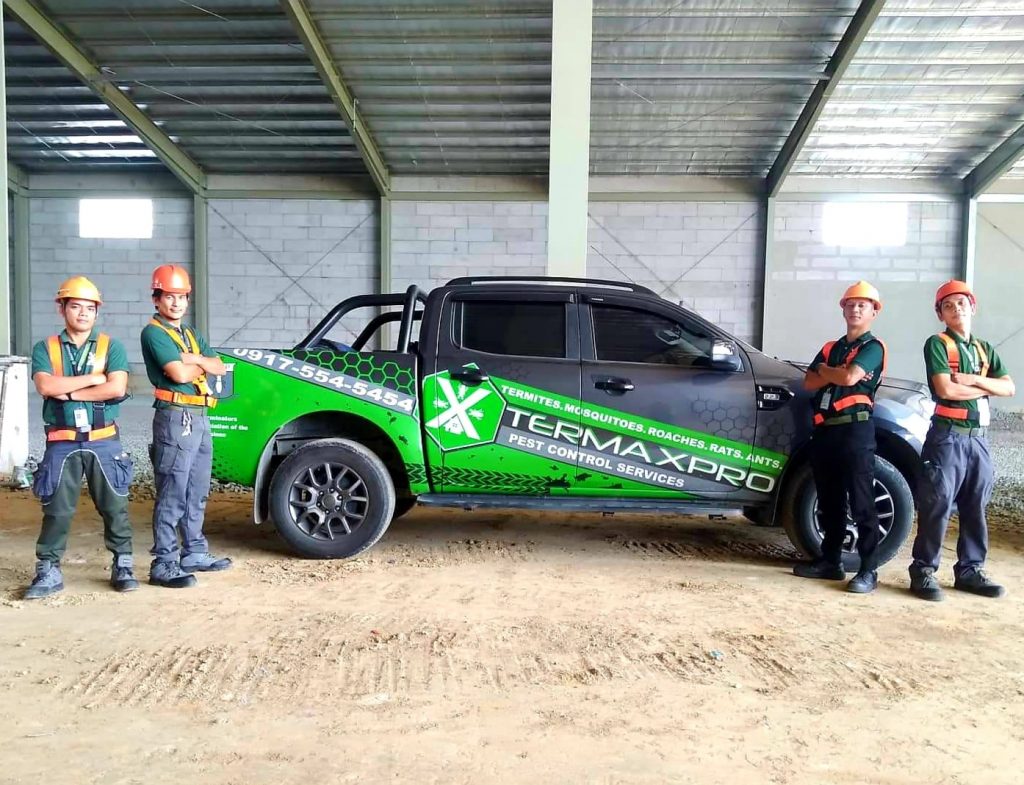Anti-Termite Soil Poisoning and Price in the Philippines. The purpose of a chemical soil treatment for termites is to establish a continuous chemical-treated zone between the wood and other cellulose material in the structure and any termite colonies in the soil. Before considering different methods of termite control, it is significant to identify that there are two major categories of termite treatments based on when the treatment is applied: preconstruction treatments and postconstruction treatments.
2 Categories for construction site’s soil poisoning anti termite treatment
Pre-construction treatments are protective treatments that are applied or installed as a building is being built, and shortly after the building is completed. Obviously, preconstruction treatments can only be applied at one point in the life of a building. Some types of treatments and physical barriers can only be applied at this time, but there are other methods of termite treatment that can be applied either as preconstruction treatments or postconstruction treatments. Most preconstruction termite treatments installed in the Philippines utilize liquid termiticides. It is important that any subsequent additions to a building also be properly pretreated.
Installation of a liquid termiticide pretreatment is a two-step process that involves establishing a horizontal barrier of treated soil underneath the building and a vertical barrier of treated soil around the exterior building foundation.
Post-construction treatments are treatments that are applied to older, established buildings. Because termiticide treatments do not last indefinitely, buildings need to be periodically re-treated for termites in order to maintain termite protection, and a building that is many decades old may have received several termite treatments. Post-construction treatments may be applied preventively or remedially. Even in the absence of active termite infestations, preventive treatments may be required simply because of the amount of time that has passed since the last termite treatment or in response to some type of problem that has compromised the treatment.
Soil poisoning application/soil poisoning procedure
In the Philippines, pre-construction termite control is essential as the climate promotes the infestation of subterranean termites. All new construction projects should have a termite treatment conducted prior to the laying of concrete slabs and foundations. This includes residential dwellings, commercial buildings and industrial warehouses. Our pre-construction pest control services include treating the soil with a termiticide. The soil poisoning treatment eliminates the structure as a food source to nearby colonies by creating a physical barrier, ensuring long-lasting termite control.
Soil Poisoning per square meter price in the Philippines
On the Average, the Soil Poisoning per square meter price in the Philippines for major construction project is between ₱50 to up to ₱200 pesos per square meter. Given the vast differences that can exist between building structures, accessibility, soil qualities, and other factors, however, the average subterranean soil treatment anti-termite treatment cost can vary greatly from one property to the next. It is best to contact soil poisoning contractors in the Philippines to get the best quote that will suit your budget and requirements. These price, however, are nominal considering that an aggressive termite colony can cause thousands of pesos in damages in mere months if left unchecked.
Anti-Termite Soil poisoning contractors in the Philippines
Termaxpro is one of the top soil poisoning contractors in the Philippines, proving the best methods of soil treatment to ensure that we can deliver best results in all of our projects. As a Pest Control Soil Poisoning Contractor, we understand a contractor’s need for services to be on time, within budget, and of good quality.
Thus:
- We guarantee all soil poisoning treatments and provide a certificate of conformance once the termite controltreatment is complete
- Our Anti-Termite Soil Poisoning rates are extremely competitive and lower than most pest control companies.
- We are on call 7 days a week for pre-construction termite control treatments and have a 24-hour response time, you may contact us at 0917-554-5454 or 0998-554-5454 anytime!
Please read more about soil poisoning on this link
